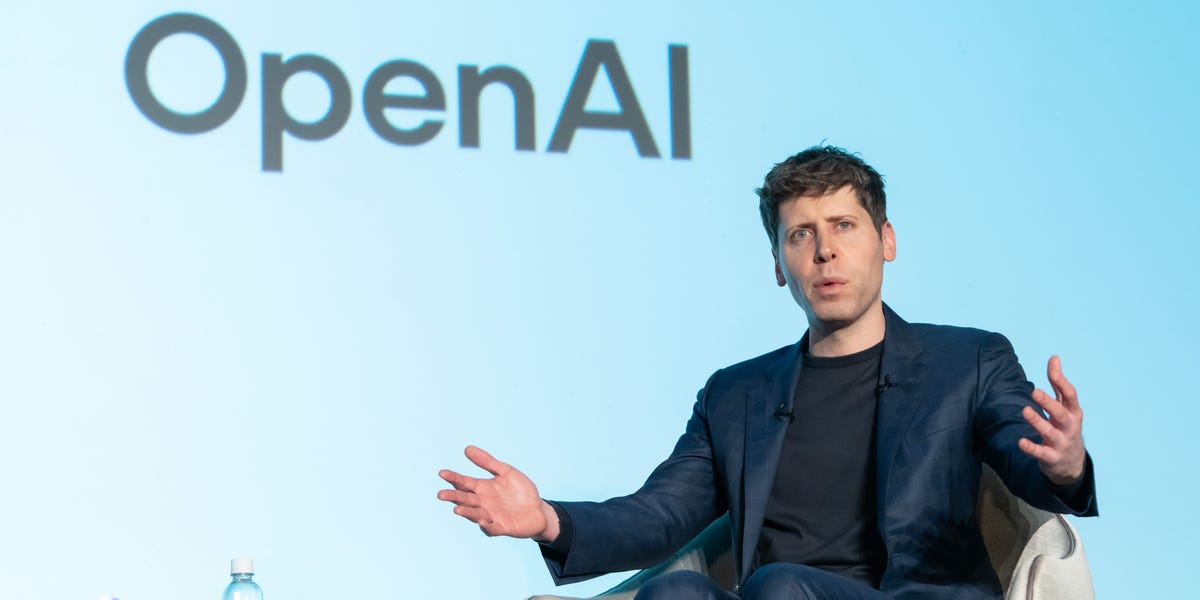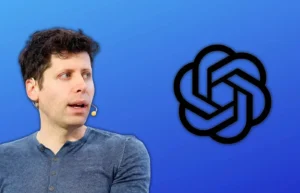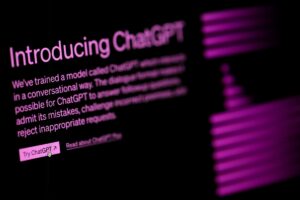Sam Altman Claims AI Art Benefits Society Following Ghibli Controversy

The Rise of Studio Ghibli-Style AI Art and Public Responses
OpenAI’s recent launch of an image generation tool has stirred excitement and controversy in the art community. The feature allows users to create images reminiscent of the beloved Studio Ghibli animations, leading to an explosion of memes and artistic creations. However, this popularity poses significant questions around copyright and artistic integrity.
Sam Altman’s Perspective on AI and Art
In a recent YouTube interview with content creator Varun Mayya, OpenAI’s CEO, Sam Altman, discussed his views on AI-generated art and its implications for creativity. He argued that rather than diminishing artistic pursuits, AI has democratized the art creation process. According to Altman, this technology lowers the barriers to entry for budding artists, enabling more people to express their creativity. He contrasted today’s environment, where anyone with a smartphone can share their art online, with the more complex and resource-hungry processes of the past, which often required expensive equipment and technical skills.
Altman stated, "Giving everyone more tools, making things easier, lowering the barriers to entry does significantly increase the number of people that can contribute to society." He believes that these advancements ultimately benefit society by expanding creative opportunities and voices.
The Ghibli-Inspired AI Boom
Following OpenAI’s launch of the image generator, a wave of interest surged, with users creating "Ghiblified" versions of various images, including personal photos and historical events. This feature quickly gained popularity on social media, prompting Altman to humorously remark on the heavy server traffic, suggesting the company’s resources were nearly overwhelmed by demand.
However, this trend quickly garnered backlash from critics. These opponents argued that OpenAI’s tools were appropriating Studio Ghibli’s distinct artistic style without permission. Legal experts have pointed out that while individual works and characters are protected by copyright law, broad artistic styles are not, raising debates on the ethical implications of using someone else’s style in AI-generated art.
Policy Adjustments and Industry Reactions
In response to the controversy, OpenAI began imposing restrictions on the use of Studio Ghibli-related prompts within their tool and limited access for free-tier users. An OpenAI spokesperson explained that while they allow the generation of images in broader studio styles, they refrain from enabling works closely mimicking the style of living artists.
Altman acknowledged concerns regarding AI automating design jobs. He suggested that, rather than eliminating jobs, AI could create new artistic opportunities, stating, "We still need a lot of good graphic design in the world." He indicated that while some roles might decrease, the demand for quality design work could increase, as businesses turn to AI tools like DALL·E for creative projects in marketing and media.
The Future of AI in Art
Despite the controversies surrounding AI and art generation, Altman remains optimistic about the technology’s potential. He believes that AI can supplement human creativity, enhancing the process rather than replacing it. Artists can leverage these tools to broaden their artistic capabilities, leading to a future where creativity is more accessible and varied.
AI’s ability to provide resources for creative exploration signifies a new chapter in the art world, inviting a diverse array of contributions. As technology continues to evolve, the interaction between artists and AI will likely shape the future landscape of artistic expression.





